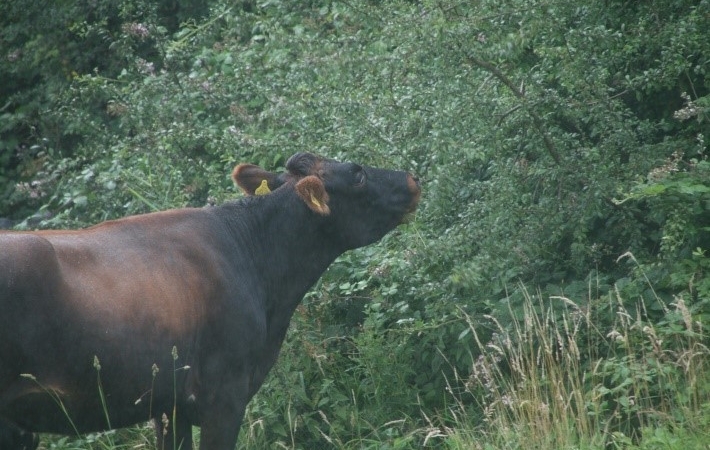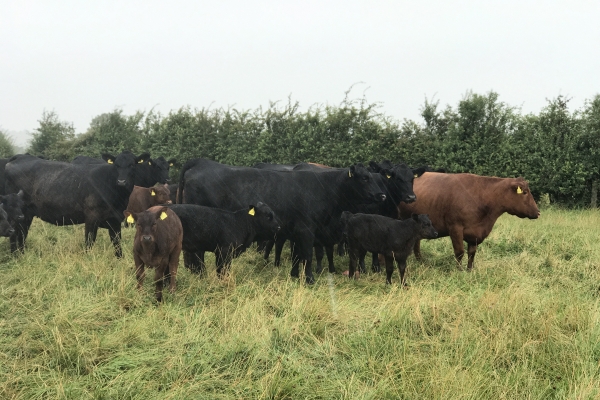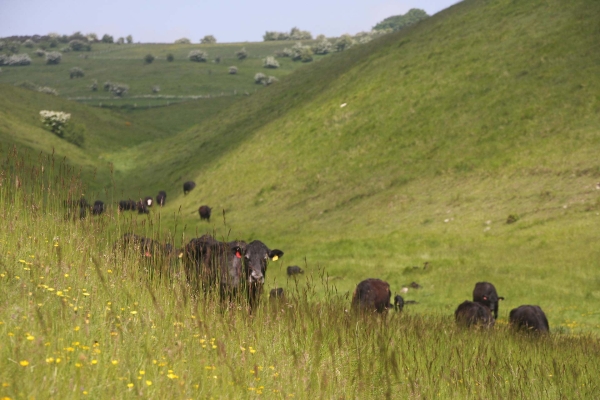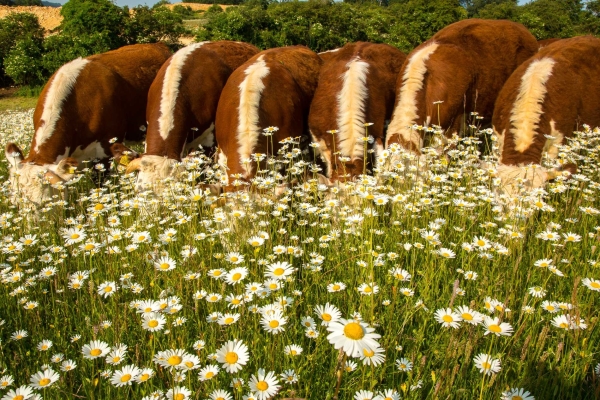Outdoor access for all animals all year round
Organic Management Techniques to Improve Sustainability of Non-Organic Farming
Resource explained
This abstract was composed as part of a Defra-funded project looking at organic management techniques that could be applied on non-organic farms and help improve sustainability. It describes information on providing outdoor access for animals. It lists the main agronomic, economic and/or ecological value you can expect to gain from applying the method. It includes practical recommendations that will help you implement the method on your farm and other useful in-formation such as the time of year you could apply the method, suitability according to your farming system, and equipment required. It also provides a guide of how you can best implement the method. Potential benefits and potential barriers you would need to consider, financial implications, and how it relates to legislation are also listed.
Findings & recommendations
- For most farm animals, being outside is their natural habitat.
- Outdoor access is best achieved through grazing.
- Integration of trees in outdoor areas provides shelter for livestock.
- Animals that have maximum outdoor access can express much of their natural behaviour such as foraging, exploring and having social contact. This leads to improved animal welfare.
- Grazed forages are a cheap feed resource and grazing contributes directly through nutrient recycling.
- Specific positive outcomes for pigs and poultry can be prevention of behavioural problems such as feather pecking and tail biting.
- Improved feed diet intake and digestibility can arise from including forage in the diet.








